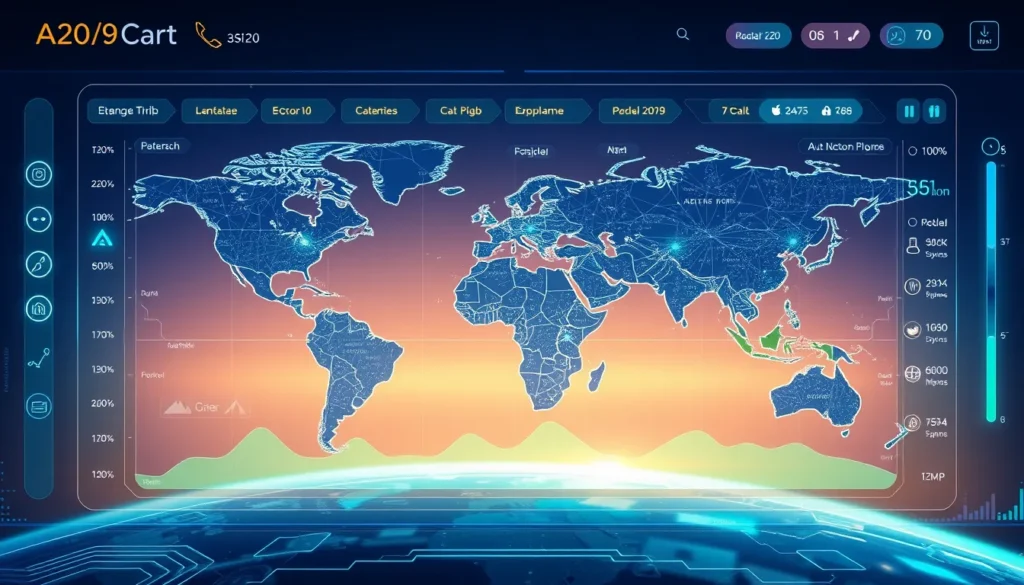Now Reading: Bridging the AI Trust Gap: Ethical & Transparent AI
-
01
Bridging the AI Trust Gap: Ethical & Transparent AI
Bridging the AI Trust Gap: Ethical & Transparent AI

Bridging the AI Trust Gap: Ethical & Transparent AI
In today’s fast-paced digital world, organizations are rapidly integrating artificial intelligence (AI) into their daily operations. Despite the high potential, a significant challenge remains—resolving the AI trust gap. Businesses must address concerns over data privacy, algorithm transparency, and ethical use to harness AI effectively. This article delves into strategies on bridging the AI trust gap in business while emphasizing ethical AI practices, AI accountability, and AI governance.
Understanding the AI Trust Gap
When we refer to the phrase “AI trust gap,” we mean the widening disconnect between advanced AI technologies and the trust of human users. This gap is often created due to opaque AI decision-making processes and a lack of visible accountability. Trust is a critical factor for companies that integrate AI into their operations. Without accountability and proper transparency, businesses may face resistance from employees and customers alike. The issue of the AI trust gap calls for an urgent need to implement transparent AI algorithms for businesses, ensuring that every decision can be understood, challenged, and improved upon.
The Importance of Ethical AI Practices
Ethical AI practices are essential in mitigating the AI trust gap. By focusing on ethical guidelines and human-centric AI design, organizations can build a framework of trust that reassures stakeholders. The benefits of prioritizing these practices include:
- Improved transparency in AI algorithms
- Enhanced explainability and accountability
- Robust safety protocols and ethical audits
- Increased reliability in decision-making processes
By adopting these measures, companies can transform AI from a mysterious technology into a trusted partner in innovation. Clear policies on AI governance foster an environment where ethical AI practices are not just recommended but mandated by design.
Strategies for Bridging the AI Trust Gap in Business
Bridging the AI trust gap in business involves several forward-thinking strategies. Companies must balance innovation with responsible governance. Here are some key strategies for achieving this balance:
1. Transparent AI Algorithms and Data Handling
Transparency is at the core of addressing the AI trust gap. Businesses should ensure that their AI systems provide clear insights into how data is processed and how decisions are made. By making AI algorithms transparent, organizations can instill confidence in users who are concerned about hidden biases or unexplained outcomes. Detailed documentation and regular audits are essential steps in this direction.
2. Ethical AI Policies and Accountability
Implementing strict ethical AI practices is critical. Organizations should develop policies that hold AI systems accountable for their actions. This means establishing guidelines that cover data privacy, bias detection, and fairness. Continuous monitoring and human oversight help maintain these standards and foster an environment where accountable AI is the norm.
3. Collaborative Governance and Stakeholder Involvement
An effective approach to narrowing the AI trust gap is to involve multiple stakeholders in AI governance. This includes tech developers, business leaders, policymakers, and even customers. By consulting various perspectives, businesses can ensure that their AI strategies are well-rounded and considerate of broader social impacts. In doing so, companies not only improve AI governance but also contribute to a culture where human-centric AI design is celebrated.
Embracing Human-Centric AI Design
Another critical aspect of bridging the AI trust gap involves focusing on human-centric AI design. Ensuring that technological advances are aligned with human values requires constant evaluation and improvements. Businesses should strive to design AI systems that are transparent, ethical, and tailored to address user-specific concerns. This approach reduces the perceived complexity of AI, turning it into an accessible tool that augments, rather than replaces, human decision-making.
Real-World Implications and Future Directions
The ongoing efforts to fix the AI trust gap are not just theoretical. In practice, organizations that invest in ethical AI practices and transparent governance often see improved customer satisfaction, boosted employee morale, and stronger market positioning. As the digital landscape evolves, the gap will only widen if businesses do not act thoughtfully. By promoting AI accountability and clear ethical standards today, companies can secure a more innovative and trustworthy future tomorrow.
Conclusion
Bridging the AI trust gap is a multifaceted challenge that demands a holistic approach. It involves honoring ethical AI practices, ensuring transparency in algorithms, and enforcing accountable governance. Businesses must be proactive in addressing concerns related to the AI trust gap, creating systems that are both innovative and reliable. By doing so, they not only boost operational efficiency but also cultivate lasting trust among all stakeholders. As technology continues to progress, the journey toward transparent and ethical AI remains a critical pathway for sustainable and responsible innovation.

























